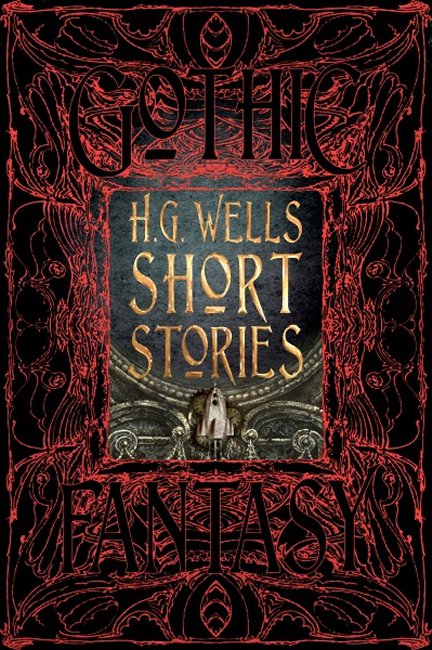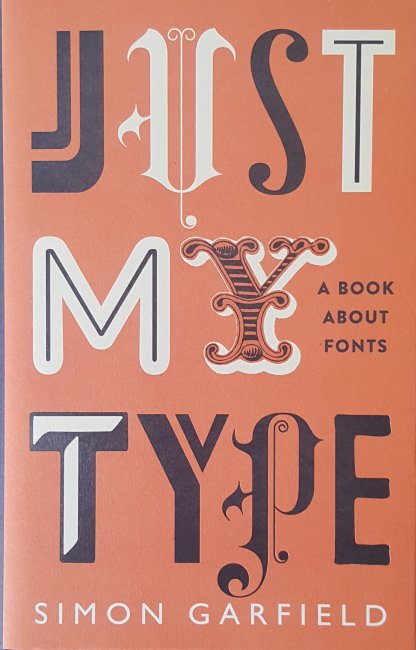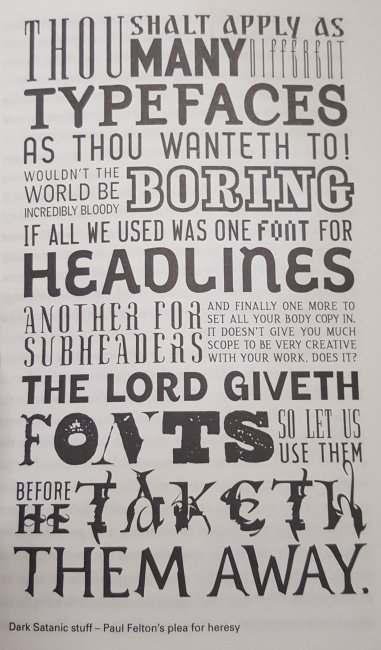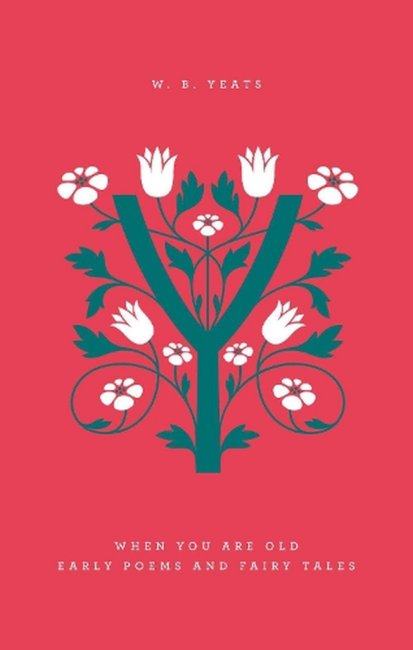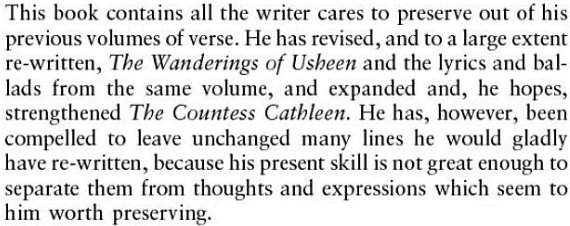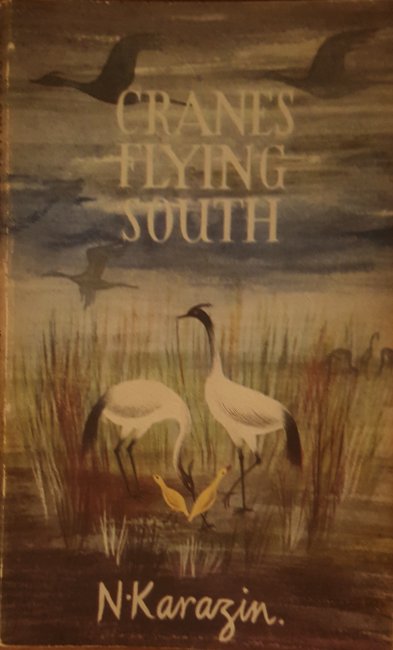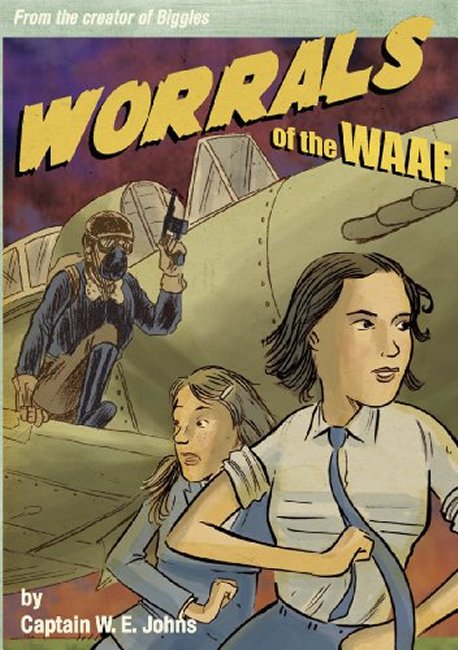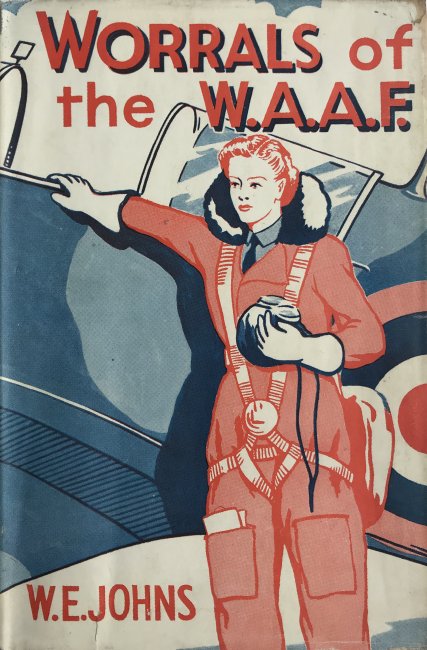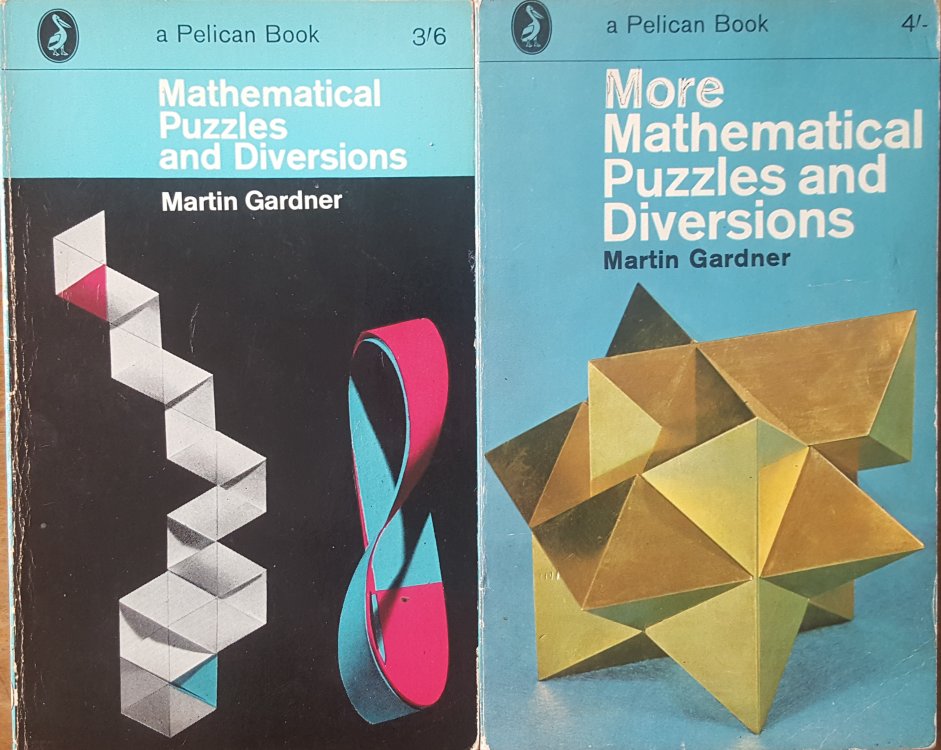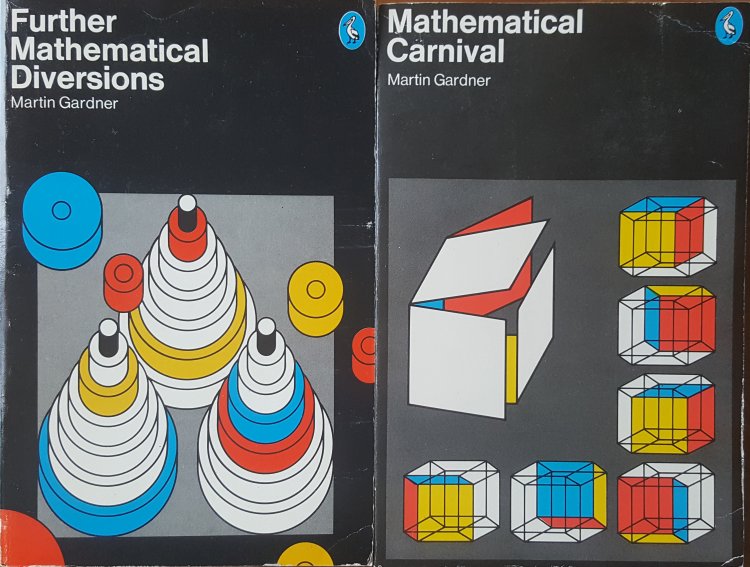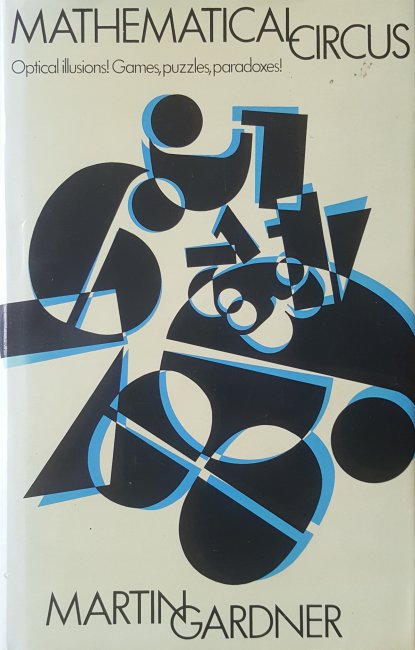
This volume consists of two of Plato’s dialogues, or reported conversations, featuring one of the leading sophists Protagoras and Meno, who was primarily a military leader although had also studied under several Sophists. The Sophists were a loose group of teachers on a wide range of moralistic as well as some practical subjects during the fifth century BC, teaching such things as philosophy, rhetoric and virtue along with mathematics and music. It is the teaching of virtue and whether this is even possible to be taught that most concerns these two dialogues and why they are commonly found together. Indeed Meno cuts straight to the question in the opening line of that dialogue.
Can you tell me Socrates – is virtue something that can be taught? Or does it come by practice? Or is it neither teaching nor practice that gives it to a man but natural aptitude or something else?
As can be seen from the above questions the other main character is Plato’s favourite subject, Socrates. In Protagoras the dialogue is reported by Socrates, whilst in Meno we are more directly involved as it is more like being there and listening in on the conversation. This is the second volume of Plato’s dialogues I have reviewed on this blog beginning about a year and a half ago with the most famous example The Symposium which also features Socrates. Socrates himself didn’t produce any writings so most of what we know of his teachings comes from two of his pupils, Plato and Xenophon, and it is believed that Plato didn’t start his works until after the death of Socrates even though they are all written as though contemporaneous with events although no dates are mentioned.
Protagoras
This meeting between Protagoras and Socrates covered by this piece can be fairly accurately dated to around 433 to 430BC when Protagoras would have been in his late fifties and very much the grand old statesman of the Sophists, highly respected and wealthy from his many years of speaking and lecturing whilst travelling round Greece. Socrates at this time would have been in his late thirties, The dating can be reasonably precise because Paralus and Xanthippus, the sons of Pericles are listed as present and they died of the plague in 429BC and Agathon (born around 448BC) is described as a youth. Whatever the precise date, it is before the birth of Plato (between 428 and 423BC)
The dialogue starts with Socrates visiting a friend and telling the story of the previous day when Hippocrates had called on him early in the morning very excited because he had found out that Protagoras was in Athens and demanding to go with him to hear him speak. Socrates, as ever, is doubtful of the wisdom of this and anyway it is far too early to go to the house where he knows Protagoras is staying. Instead he questions Hippocrates as to what he hopes to learn from the visit and discovers that he has no clear idea as to what would be gained, nevertheless he agrees to go. On seeing Protagoras with numerous people following him around the courtyard listening to his every word Socrates introduced himself and Hippocrates and asks Protagoras what Hippocrates could expect to learn if he became his pupil. At this Protagoras launches into a long speech broadly covering what he teaches, which is basically how to be a good and virtuous citizen. This speech is probably adapted by Plato from one of Protagoras’ books, now sadly lost apart from this fragment. Socrates then attempts to get Protagoras to define virtue, stating that he at least does not know what it is, this is typical Socrates where the admission of complete ignorance of a subject is key to the development of some sort of understanding through discussion.
Unfortunately this is where the dialogue largely runs out of steam as Socrates makes several attempts to get Protagoras to agree with a particular definition and when he cannot get him to the point he is aiming for drops that argument and picks up a different line of questioning. This makes for quite a ragged text which at times is difficult to follow as the reader cannot easily see what point Socrates is trying to make when he changes tack comparing one aspect of virtue with another such as wisdom and temperance or after that justice and temperance. The main sticking points between the two men seems to be the virtues of knowledge and courage. At the start of the dialogue Protagoras states that virtue can be taught and Socrates says it cannot at the end Socrates has come round to the idea that virtue is defined by knowledge, as after all it is in knowing the difference between good and bad that the virtuous can be determined and knowledge can definitely be taught. Protagoras however is unconvinced by this so the men seem to have swapped position during the discourse.
Meno
This occurs several decades after Protagoras in around 402BC. Again the people present allow for a pretty accurate date, Anytus is there and is described as having an important state position so it must be after 403BC and the restitution of the democracy, whilst Meno went to war in 401BC and never returned. Socrates is therefore in his late sixties and this time he is the respected thinker being consulted.
This is a much more satisfying dialogue as it is largely a discussion between the two men Socrates and Meno with Anytus only appearing near the end. Again the subject is the teaching of virtue and again Socrates starts by saying that unless virtue can be precisely defined then it cannot be taught whilst declaring himself ignorant as to what virtue may be. There is also an interesting discussion as to whether teaching is what it appears to be or rather it is the pupil being assisted to remember things that they were not aware that they already knew. This follows the concept that the soul is immortal and whilst between bodies it can explore and discover all things so it is merely a case of helping the soul within the body recover memories. This Socrates attempts to demonstrate using a slave of Meno’s who has had no mathematical training but who is brought to understand what happens to the length of each side of a square when doubling its area. Initially the slave says the side must also double but then realises that is a mistake. I think the argument that Socrates is not teaching as we understand the term during this exercise is highly debatable but Meno and by association Plato seem to agree with Socrates that the slave is simply being helped to remember.
The argument that virtue is knowledge is again raised and this time Socrates is not so sure although he goes back over some of the points in the previous dialogue. At this point Socrates and Meno are joined by the general Anytus and when he is asked his opinion of Sophists as teachers of virtue he professes considerable animosity towards the whole movement and the stupidity of the various people who had enriched Protagoras during his lifetime. During the brief time that he is with them Anytus gets angrier with Socrates in his apparent defence of the Sophists and perceived denigration of leading Athenians whom they agree were highly virtuous but which had according to Socrates distinctly opposite sons. Anytus would be one of the accusers of Socrates in the famous trial a few years later which led to his death by poison.
Ultimately Meno and Socrates agree that knowledge is not enough to be virtue and that virtue cannot be taught but is instead received via divine intervention and they separate with Socrates urging Meno to find Anytus and calm him down.
W K C Guthrie who translated the book was Laurence Professor of Ancient Philosophy at the University of Cambridge from 1952 to 1973 and master of Downing College, Cambridge from 1957 to 1972. He is best known for his six volume ‘History of Greek Philosophy’ the first volume of which was published in 1962. This Penguin Classics translation was first published in 1956.



